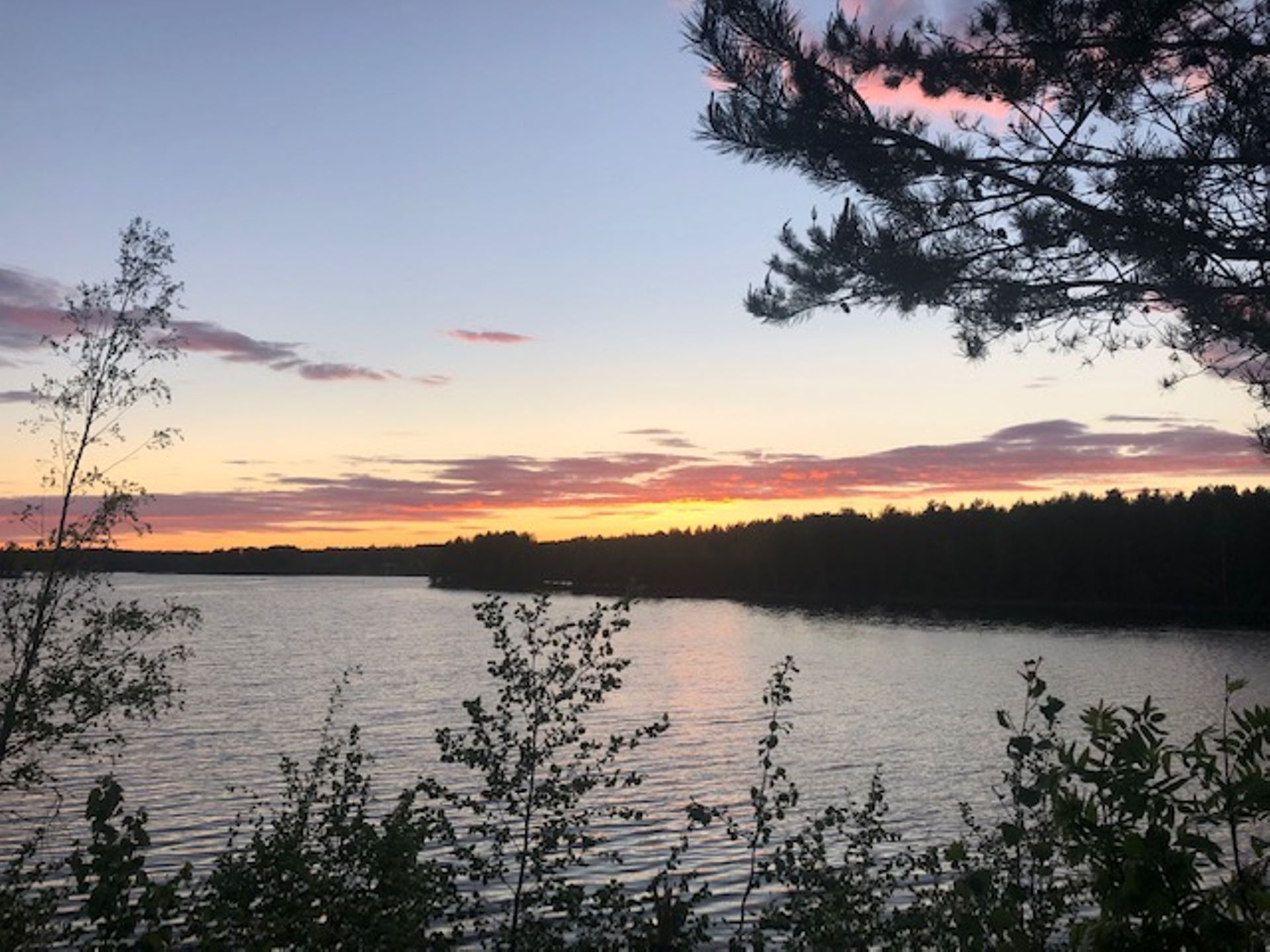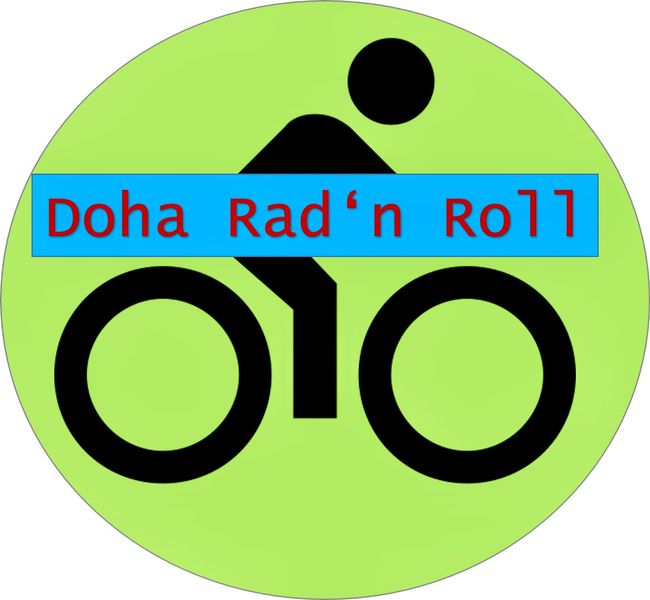From Bari to Lecce
Pubblicato: 20.09.2022
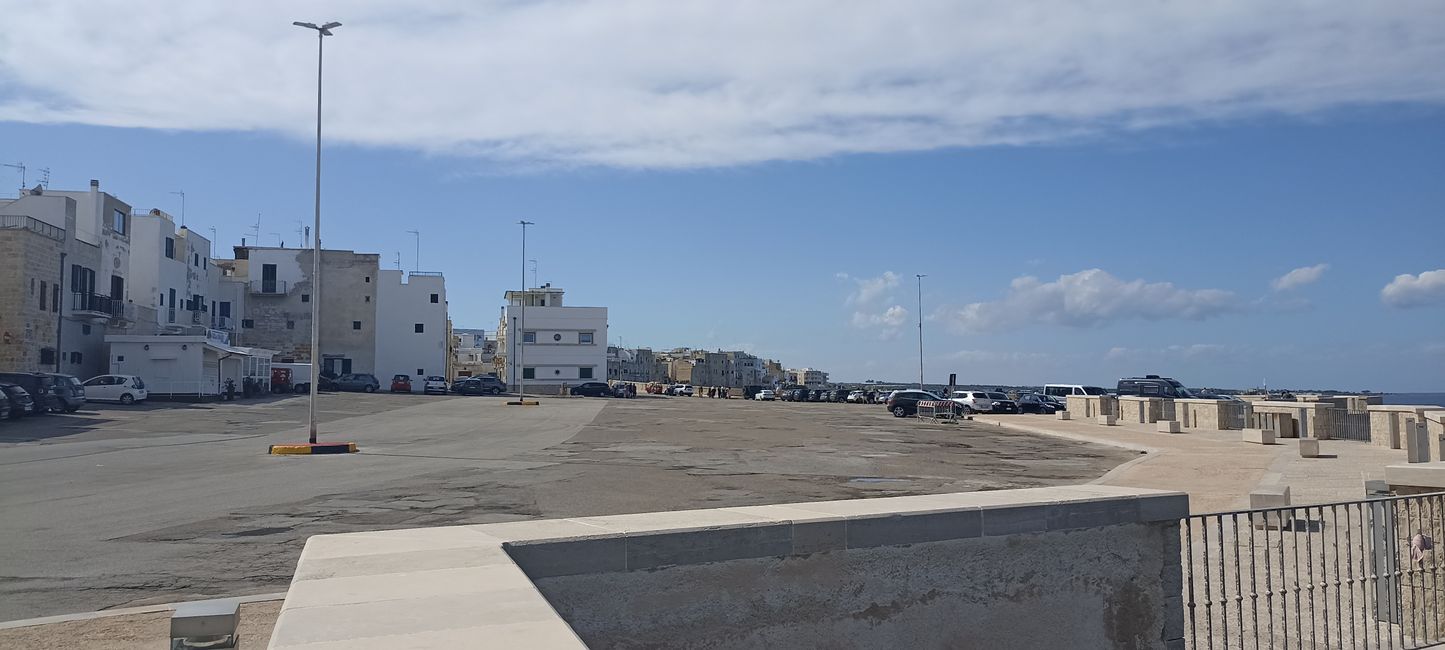
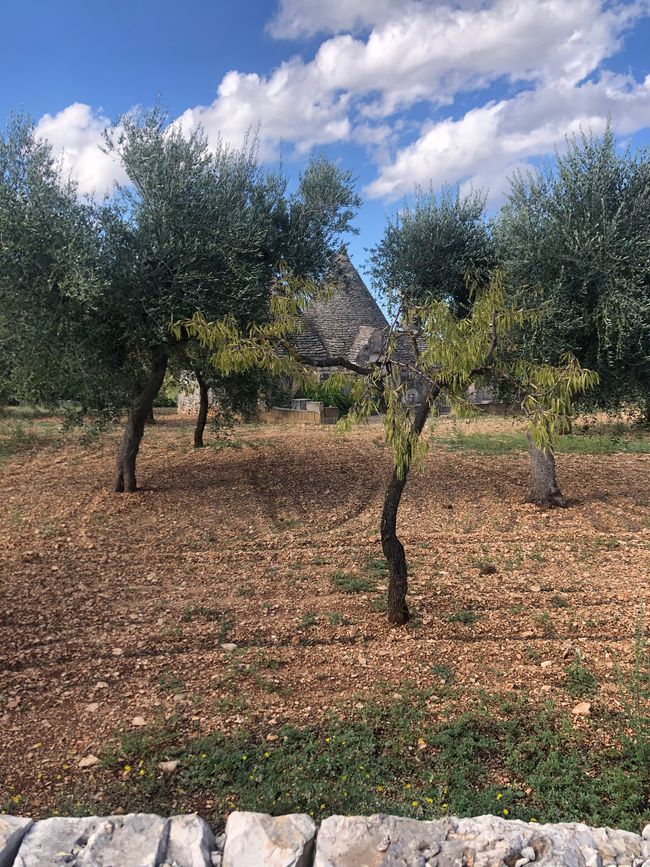
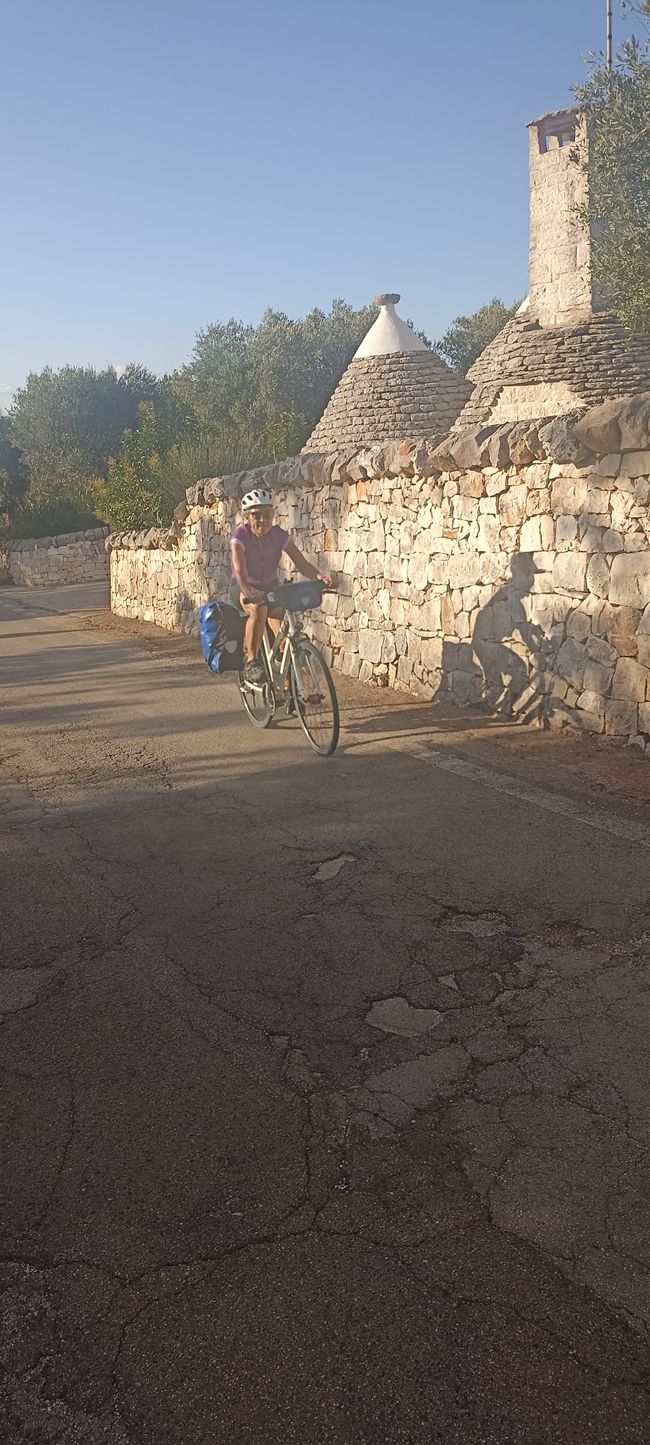
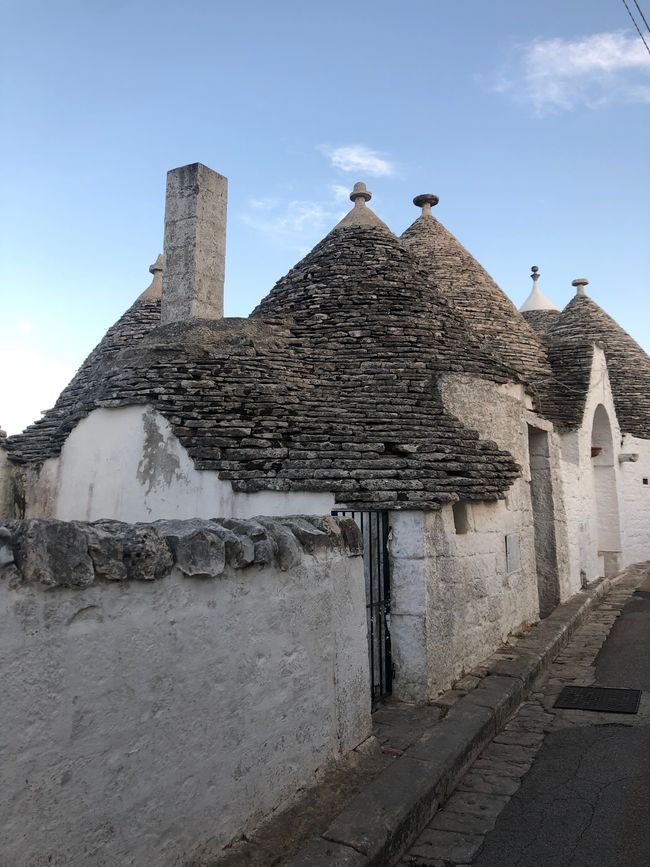
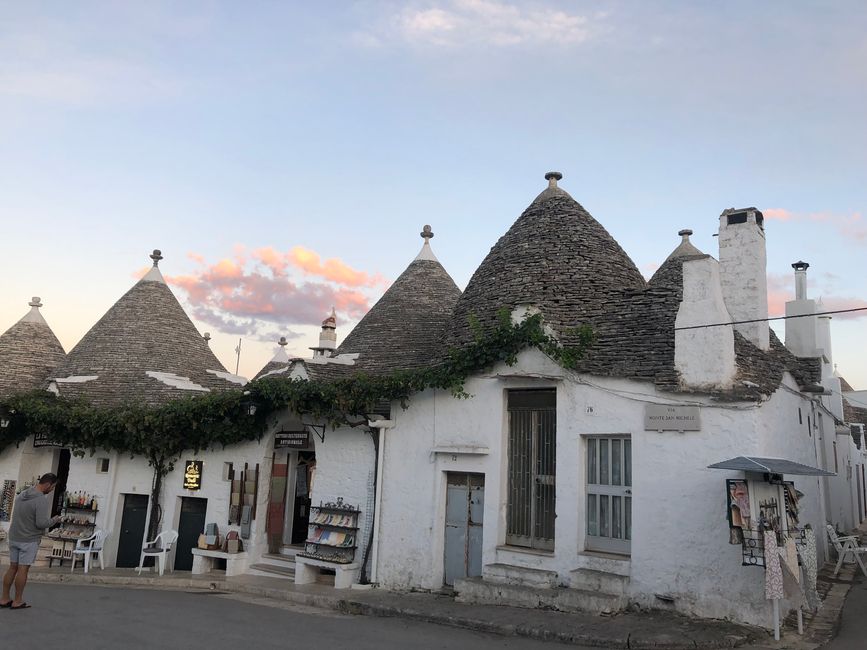
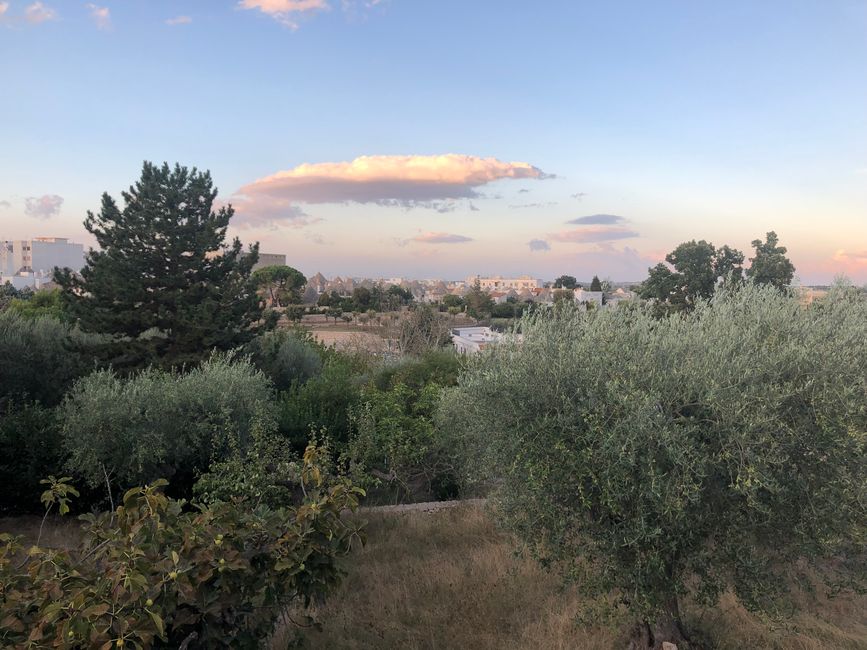

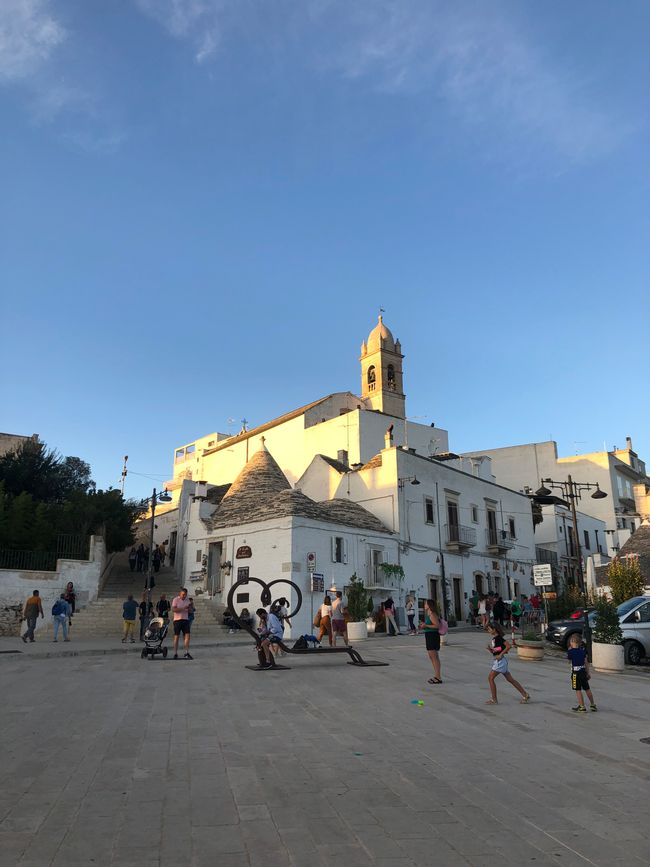
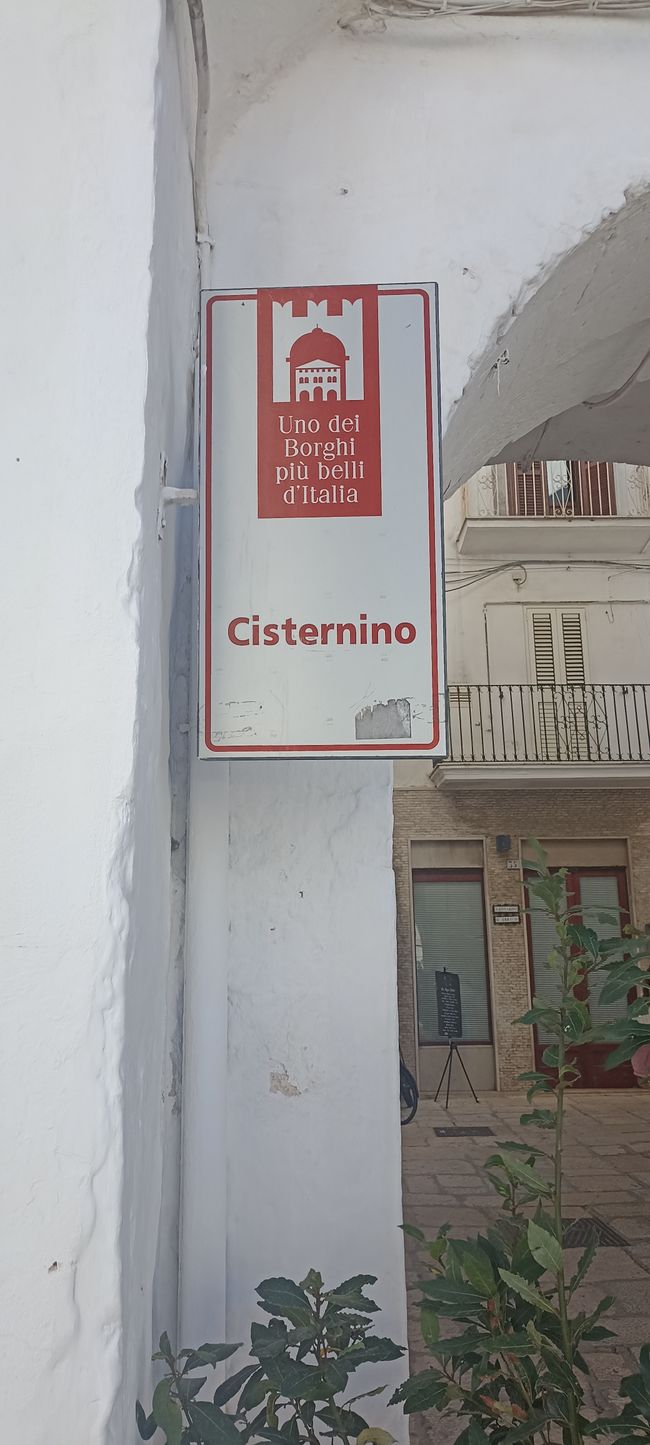
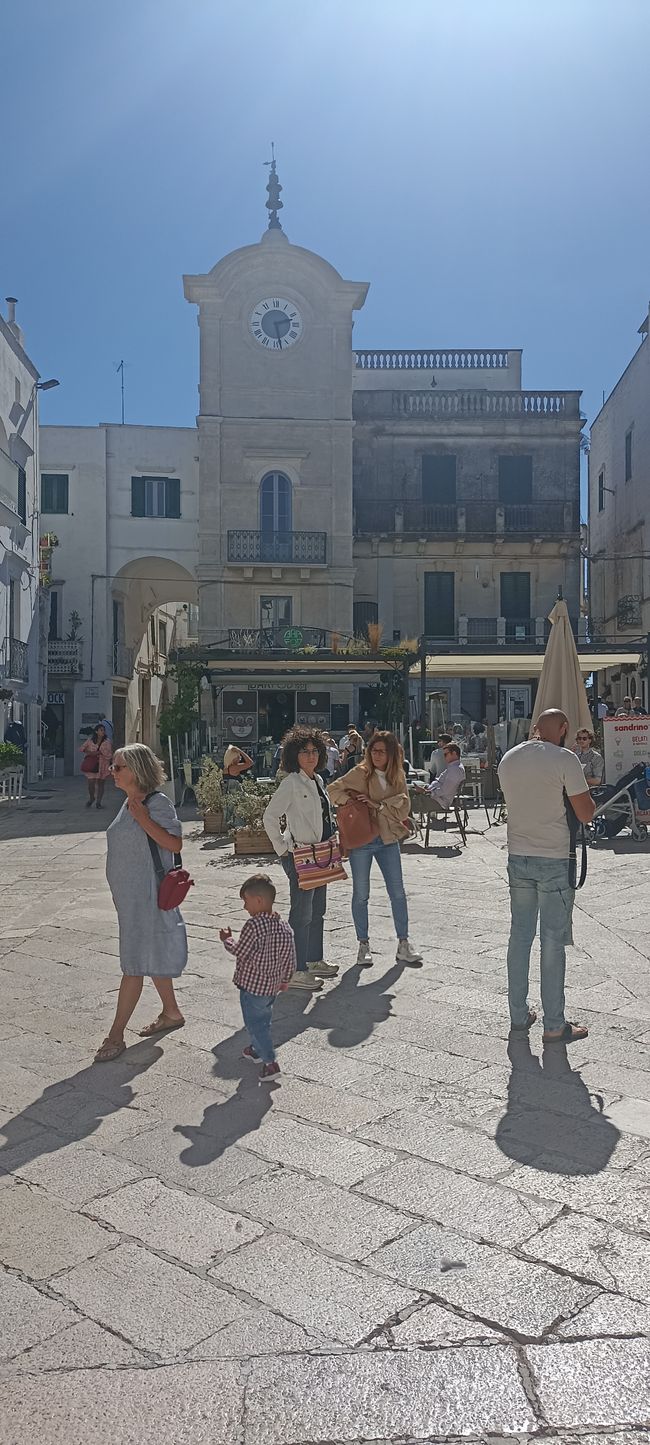
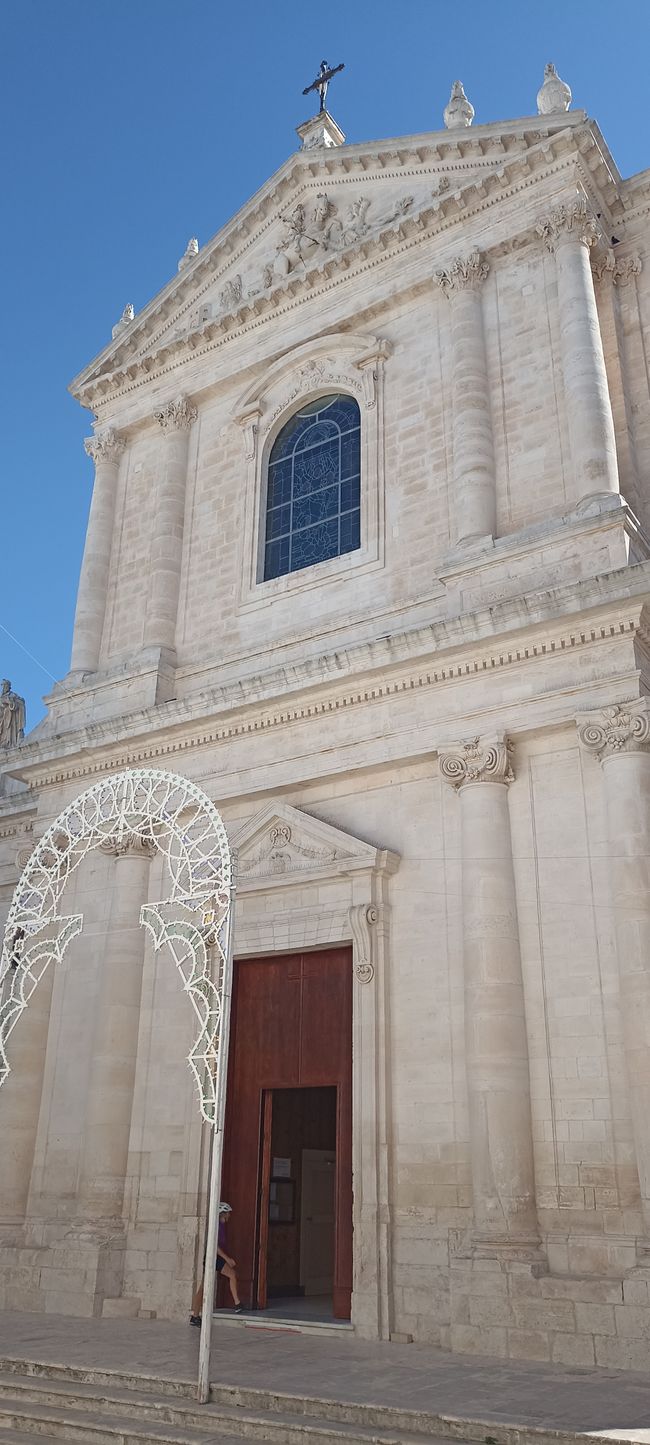
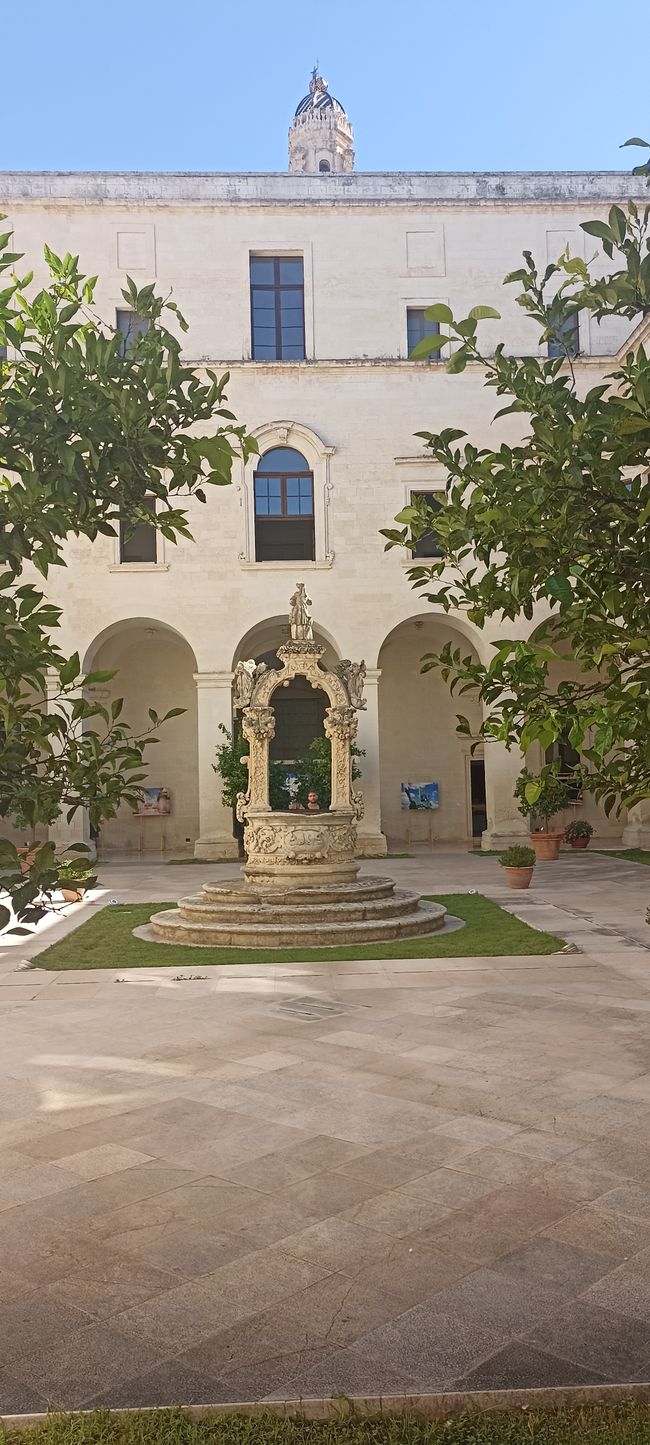

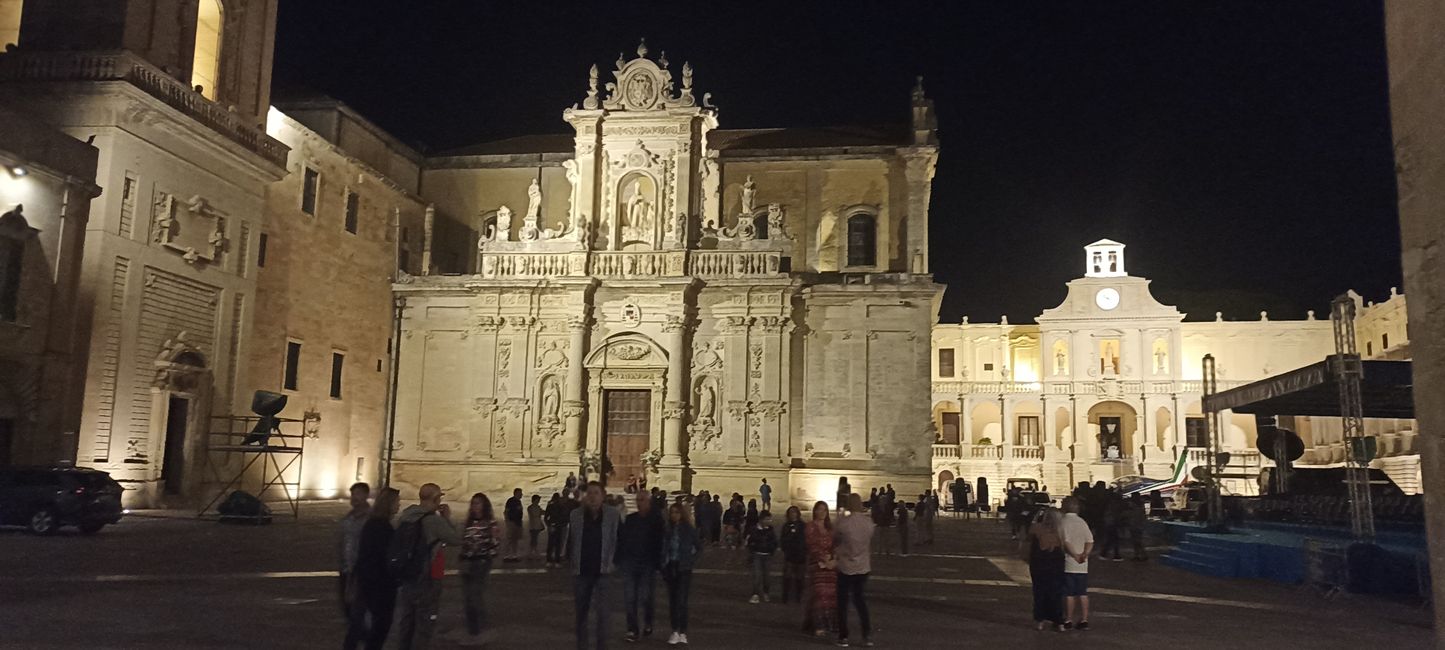
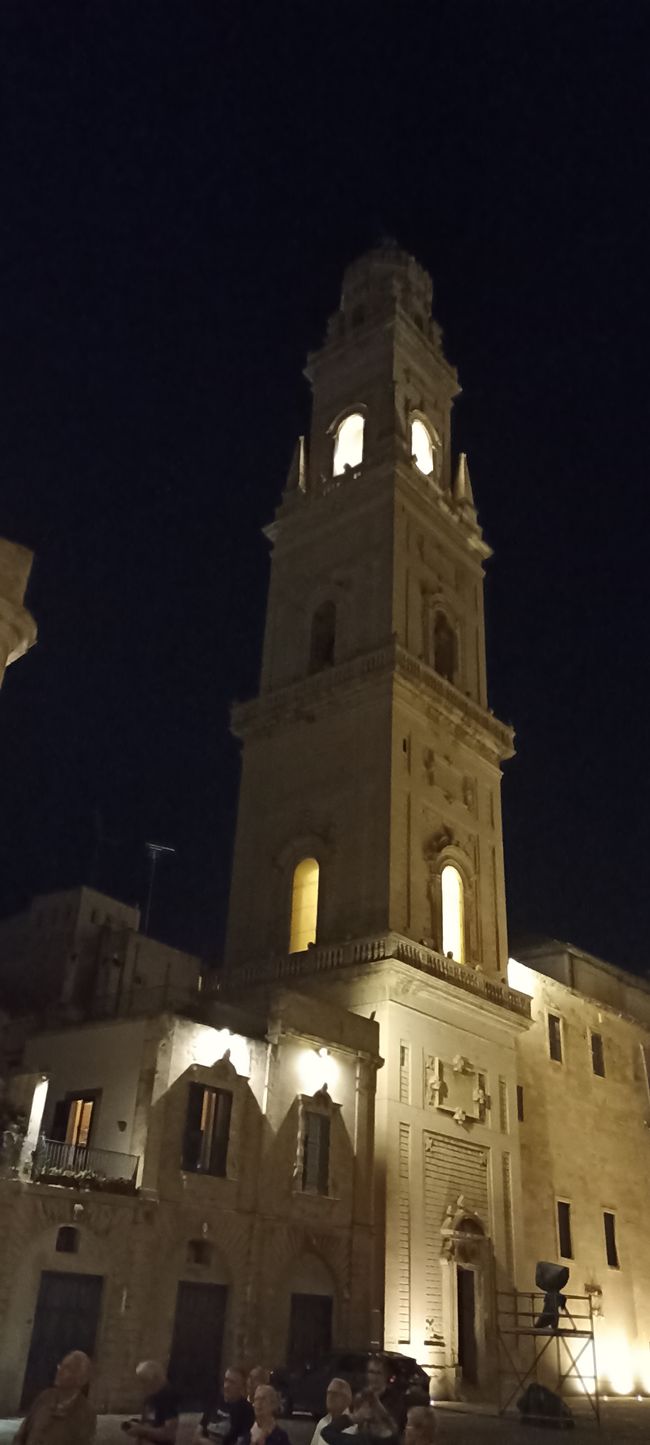
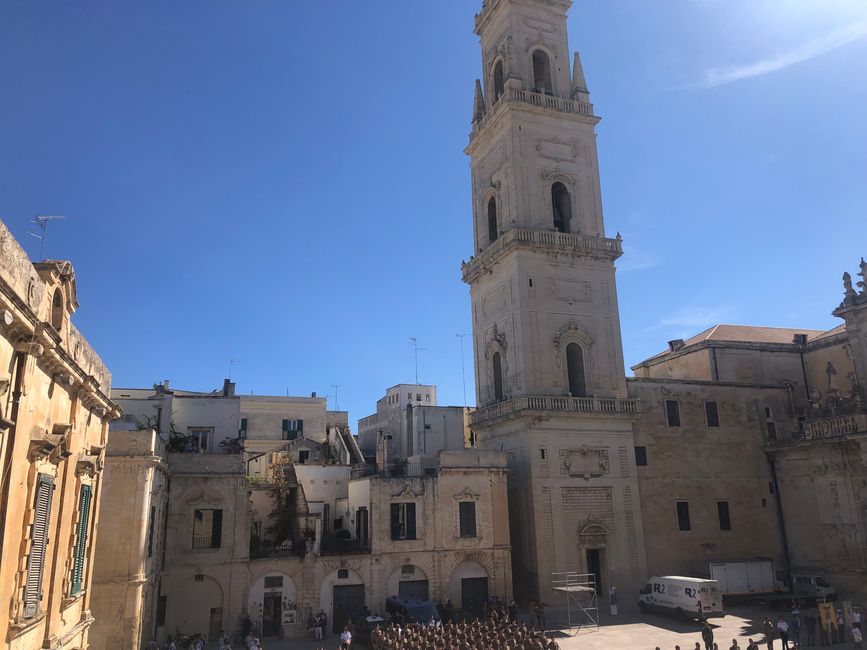
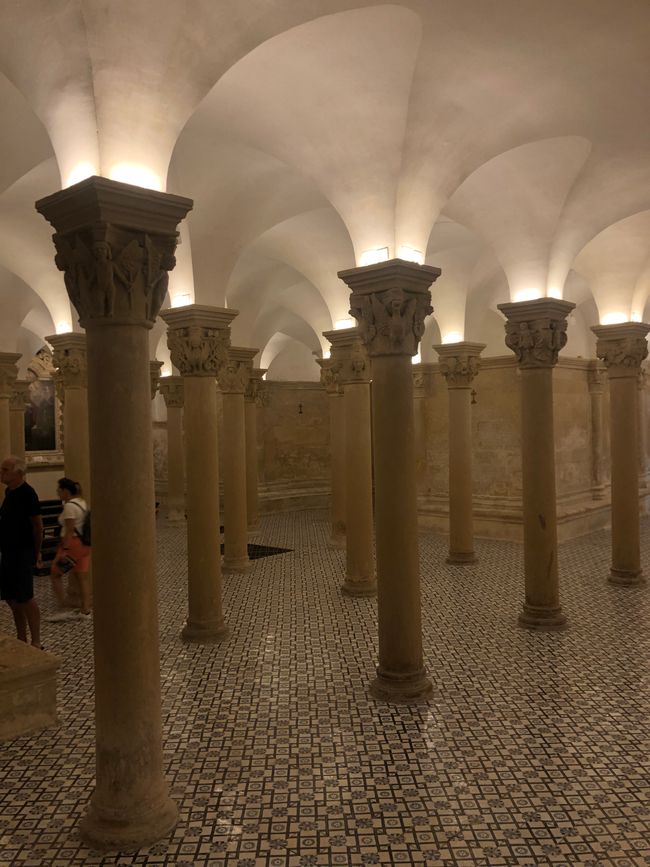
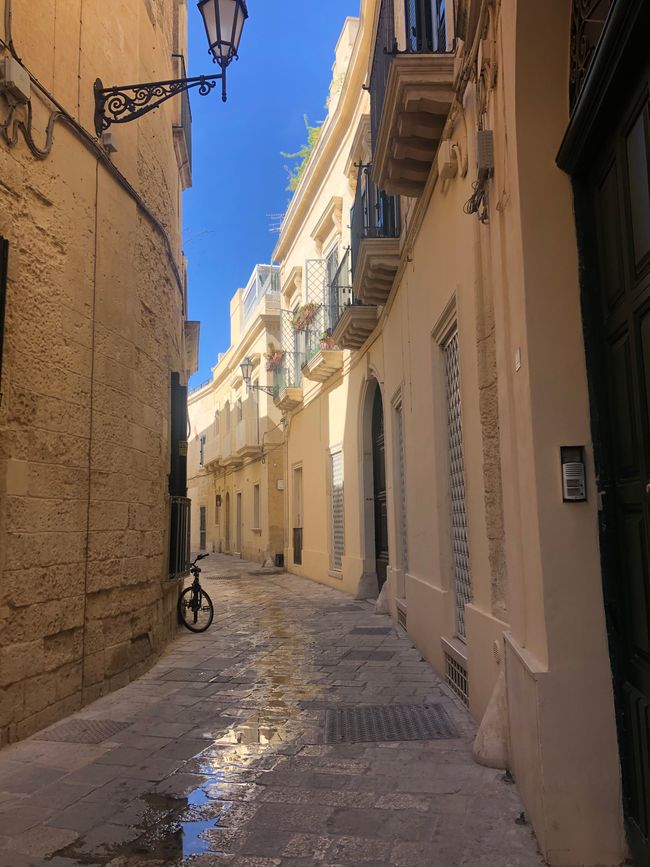
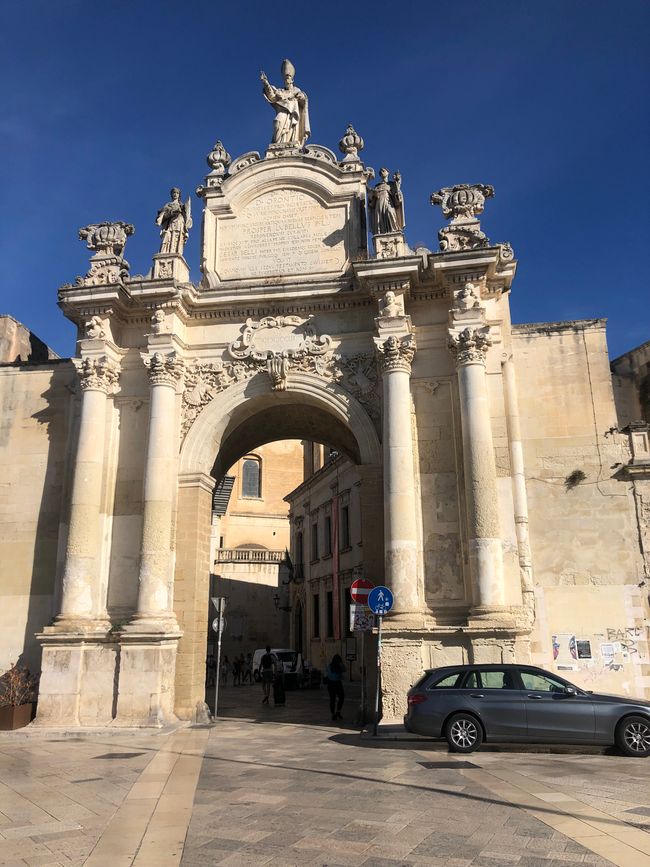
Iscriviti alla Newsletter
September 17: Bari - Polignano al Mare - Alberobello 80 km
It's not easy to get out of Bari, after all the city has 330,000 inhabitants and the metropolitan area has 1.3 million. Even with Komoot, we had some difficulty finding the right way. We chose a route inland, passing through small towns like Triggiano, Rutigliano, and Conversano. All of them are characterized by heavy car traffic at lunchtime and offer little of interest. From Conversano we return to the sea to Polignano, where many tourists are on the way. After a short break, we head to Alberobello, in the Trulli land. We are led on beautiful paths away from the roads, past olive groves, vineyards, and peach gardens, enjoying the peace and the landscape. We have heard and read many times that Apulia is supposed to be flat, but those people were certainly not cycling. From Polignano, we climb to over 400 meters. That's how high our destination Alborebello is. The town is famous for its Trulli, small round houses made of stone without mortar. Since 1996, they have been a UNESCO World Heritage Site. We encounter these cone houses again and again on the way to Alberobello, but in Alberobello there are two districts of them. In the Monti district, there is the Sanctuary Church of Sant Antonia di Padova, which is built in the style of the Trulli.
September 18: Alberobello - Locorotondo - Ostuni 50 km - (Train) Lecce
Another day in the land of Trulli, most of them are newer buildings, but every now and then we come across impressive old buildings. The tour is particularly charming as it passes through four beautiful towns, with Ostuni as the highlight at the end. The historic town, with its white houses, circles (rotondo) around the hilltop. At the top, stands the mighty dome of the church of San Giorgio Martire. From above, you can already see Martina Franca on the next hill, which we reach an hour later. Here, too, the white houses dominate the image of the old town, in a baroque style. We like the next destination even better, Cisternino, also located on a hill, but everything is a bit smaller and therefore more peaceful. The oriental-inspired town is rightly one of the 'borghi più belli d'Italia'. Ostuni is more famous and therefore full of tourists. On foot, we stroll through the narrow alleys to the cathedral of Santa Maria. From up there, we have a wonderful view over the plain and the Adriatic Sea. In the evening, we take the regional train to Lecce and explore the old town in the evening.
September 19: Lecce
The city of Baroque - in the late 16th and especially in the 17th century, many churches were built or rebuilt in Lecce and Salento as a reaction to the Reformation, with their facades glorifying the Kingdom of Heaven on Earth with angels, putti, saints, fruits, and animals. This was also due to the soft stone that was easy to work with and hardened when in contact with the air. Particularly impressive are the cathedral with its freestanding bell tower (70 m high), the Basilica St. Croce, where the Baroque artists went wild on the facade and in the convent, and the Chiesa del Gesù. There is a bitter taste when looking at the church buildings, knowing that San Croce was built exactly on the site of the Jewish quarter with the synagogue. A clear demonstration of power by the Catholic Church!
Also worth seeing are the city gates Porta Rudiae and Porta S. Biagio, as well as the Castle of Charles V. We also visit the Museo Faggiano, where ancient cisterns, escape routes, graves, and grain storage facilities can be discovered up to 7 meters below the ground. The owner of the Palazzo only wanted to renew the drainpipes and discovered this interesting underworld.
Iscriviti alla Newsletter
Risposta (2)
Larissa
Danke für die interessanten Berichte. Die Häuser ähneln ein bisschen den afrikanischen Hütten.. 😊
Hier ist der Herbst angekommen, seit zwei Tage regnet es pausenlos. Geniesst die Sonne ☀️Harald
Vielen Dank für die Rückmeldung. Die Trulli sind besonders, der Vergleich mit den afrikanischen Hütten ist nicht falsch. Doch sind die Trulli aus Stein und ohne Mörtel, eine besondere Leistung!
Bei uns scheint meistens die Sonne. 